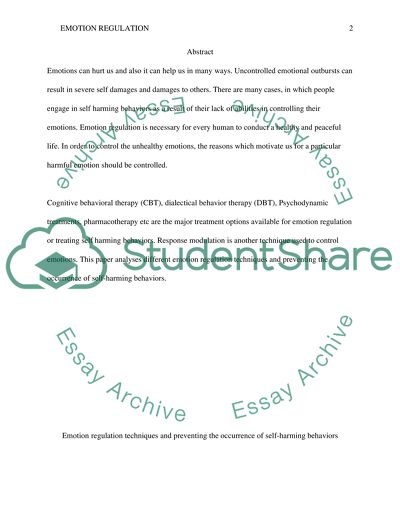Cite this document
(“Emotion regulation techniques and preventing the occurence of Research Paper”, n.d.)
Retrieved from https://studentshare.org/family-consumer-science/1414198-emotion-regulation-techniques-and-preventing-the
Retrieved from https://studentshare.org/family-consumer-science/1414198-emotion-regulation-techniques-and-preventing-the
(Emotion Regulation Techniques and Preventing the Occurence of Research Paper)
https://studentshare.org/family-consumer-science/1414198-emotion-regulation-techniques-and-preventing-the.
https://studentshare.org/family-consumer-science/1414198-emotion-regulation-techniques-and-preventing-the.
“Emotion Regulation Techniques and Preventing the Occurence of Research Paper”, n.d. https://studentshare.org/family-consumer-science/1414198-emotion-regulation-techniques-and-preventing-the.


